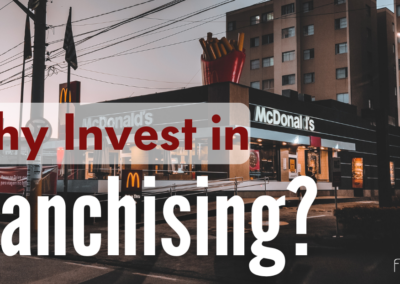In its basics, the term “return on investment” (ROI) refers to a financial concept that determines how profitable an investment is. Due to this, people use it to decide where to invest and whether they should do that.
There are a few methods for calculating it, but the most popular is dividing net profit by total assets. For example, if your net profit is $50,000 and your total assets are $200,000, your return on investment (ROI) is 25%. The success of a corporation is measured by dividing net profit by net worth, according to one definition.
How ROI Can be Used
In a small firm, ROI could be used to assess the effectiveness of pricing policies, capital equipment purchases, or inventory purchases. When you buy assets for your firms, such as inventory or equipment, you expect to earn a financial return on your investment. Return on investment (ROI) is a metric used to compare purchasing options that would either create revenue or save money, boosting the company’s net income. When deciding whether or not to support a company endeavor, investors will consider the return on investment.
How to Calculate It
You may assess return on investment in various ways, including social responsibility, environmental and societal advantages. These parameters are more difficult to quantify since the payback would need to be determined to assess the cost versus the benefit when calculating the social return on investment. In 2006, a group of practitioners came together to help advance social return on investment calculations.
While return on investment is a helpful tool for analyzing profitability, additional factors such as time, maintenance expenses, financing costs, other investment concerns, and overall goals make assessments more difficult. For instance, you can assume that the equipment would help the firm for several years when purchasing capital equipment. As a result, the net income for future periods will need to be projected to establish the total ROI. Additionally, maintenance expenditures will lower the total ROI during the equipment’s lifetime. An accountant can help you figure out the formulae for more complicated ROI calculations.
ROI is a valuable indicator that helps investors see how much they can gain from their investment. For this reason, it stands behind many decisions, including those about ventures that are worth the investment. The only issue may be how to calculate it. But as we saw, the process isn’t overly complicated. You should follow the formulas and learn how to interpret the results. We hope we helped you understand this concept.









